VERY RARE! WWII Operation Overlord Normandy D-Day Special Map BREST, LE HARVE, & NANTES - FRANCE (VERY L

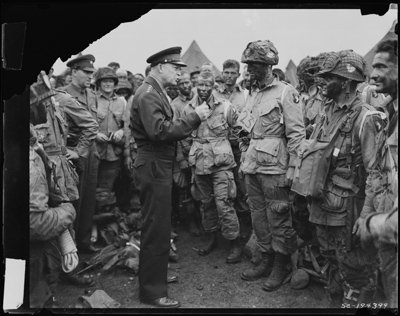
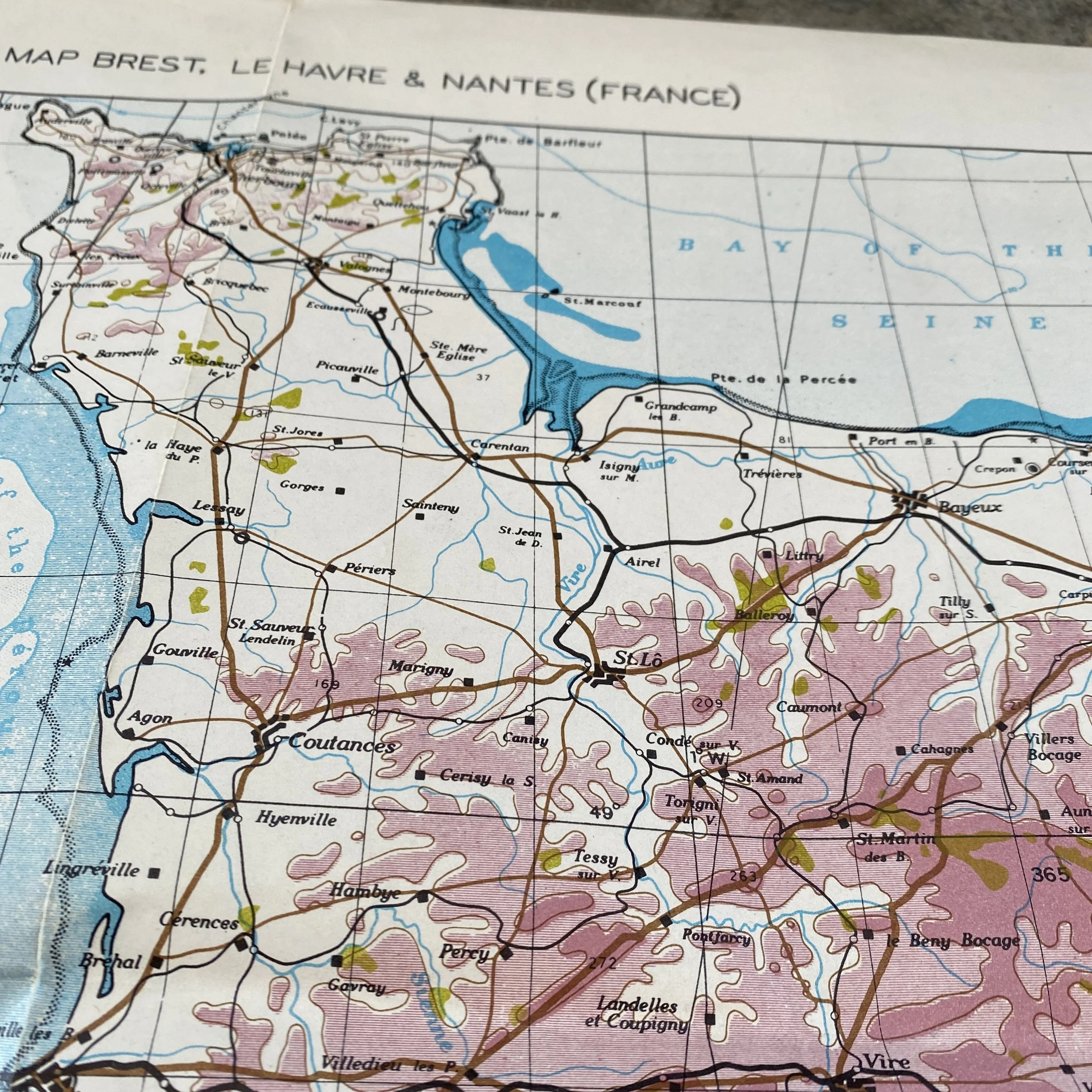

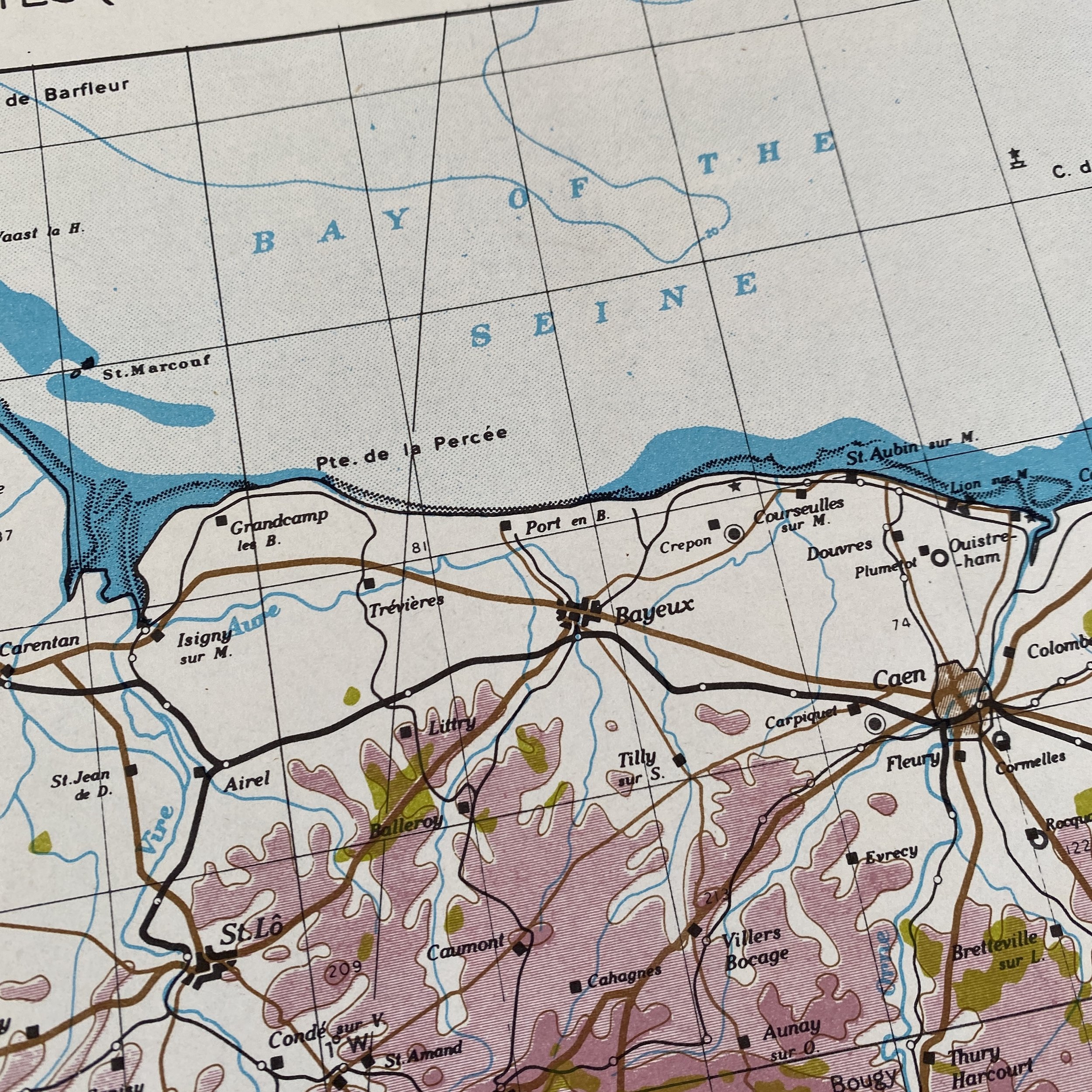
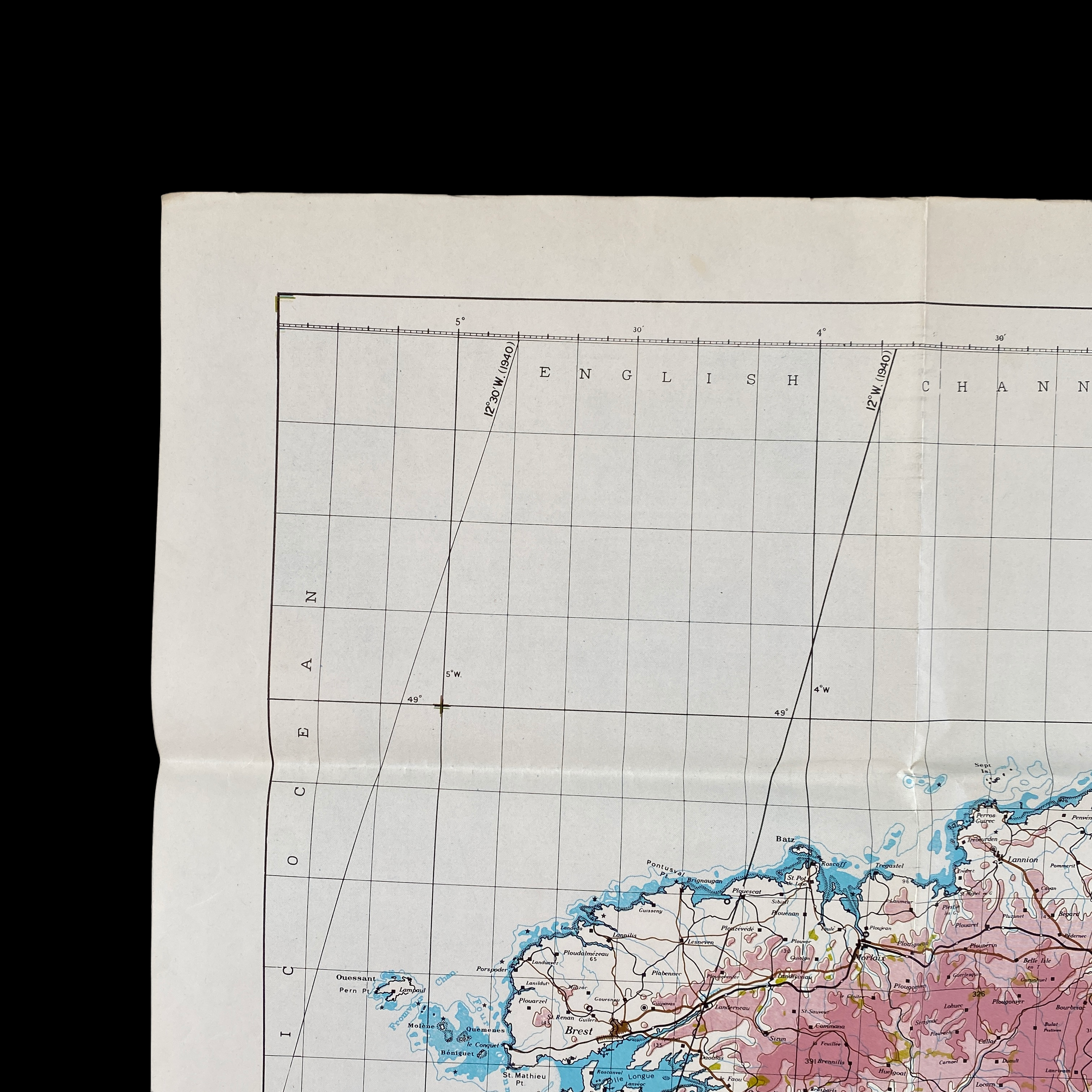
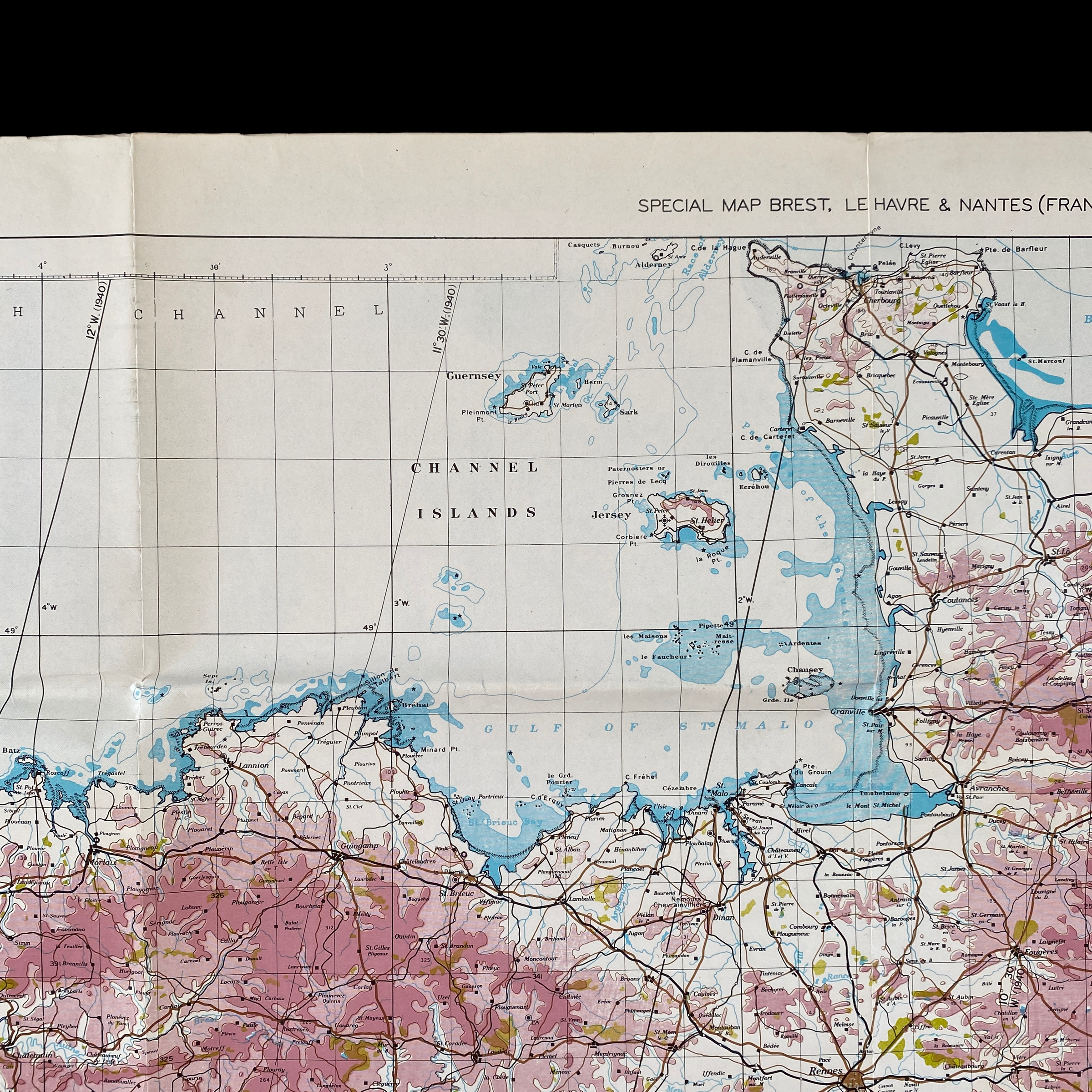
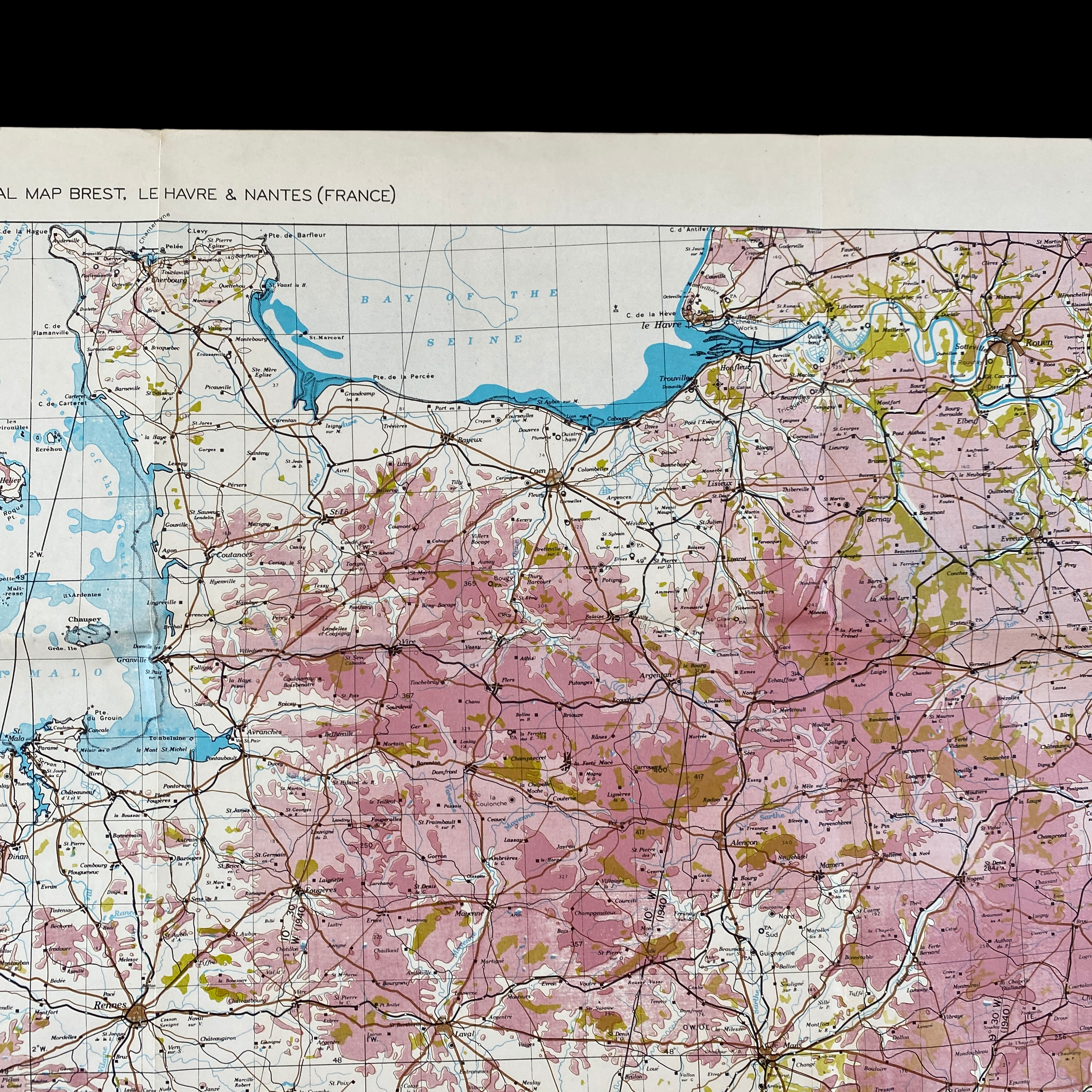

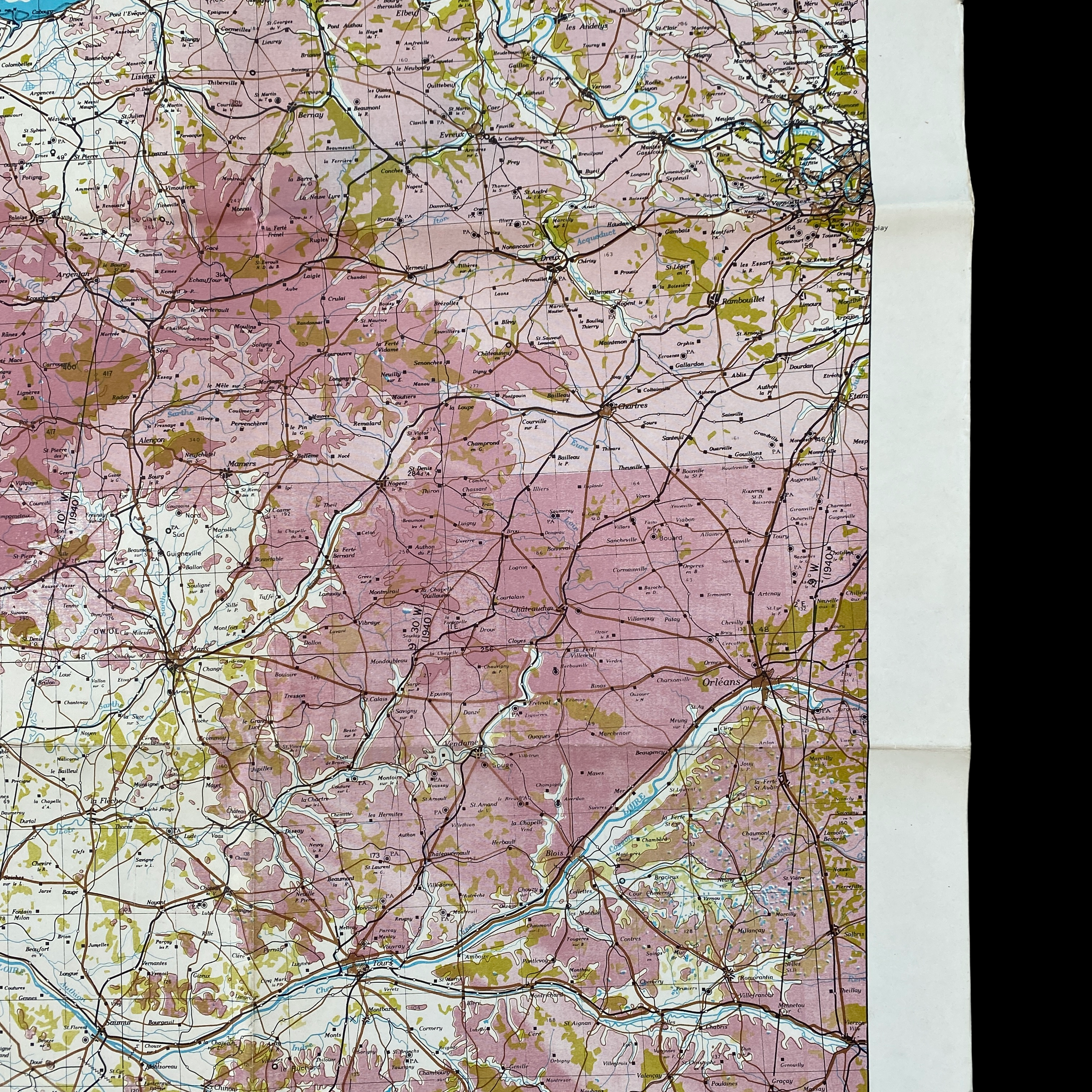

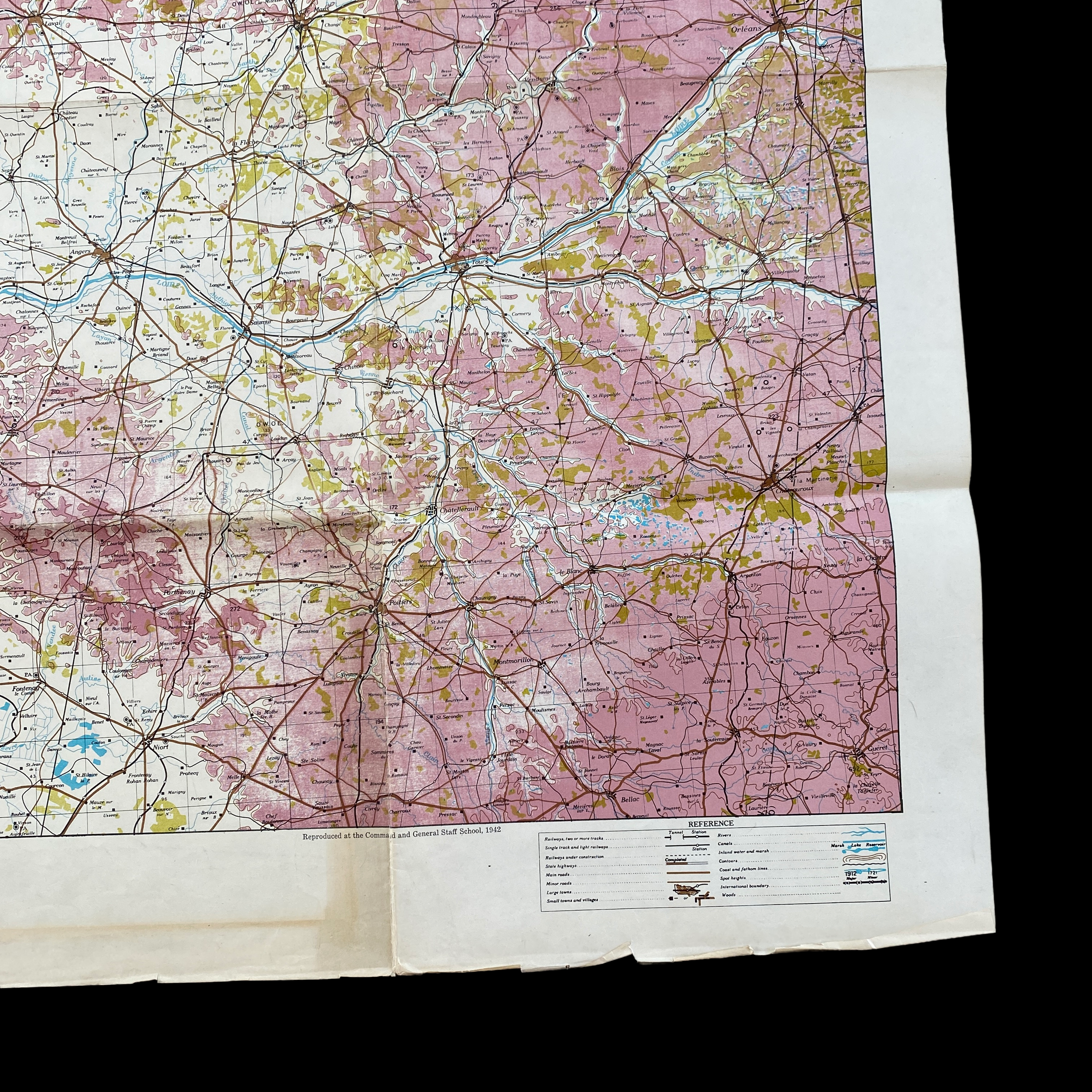

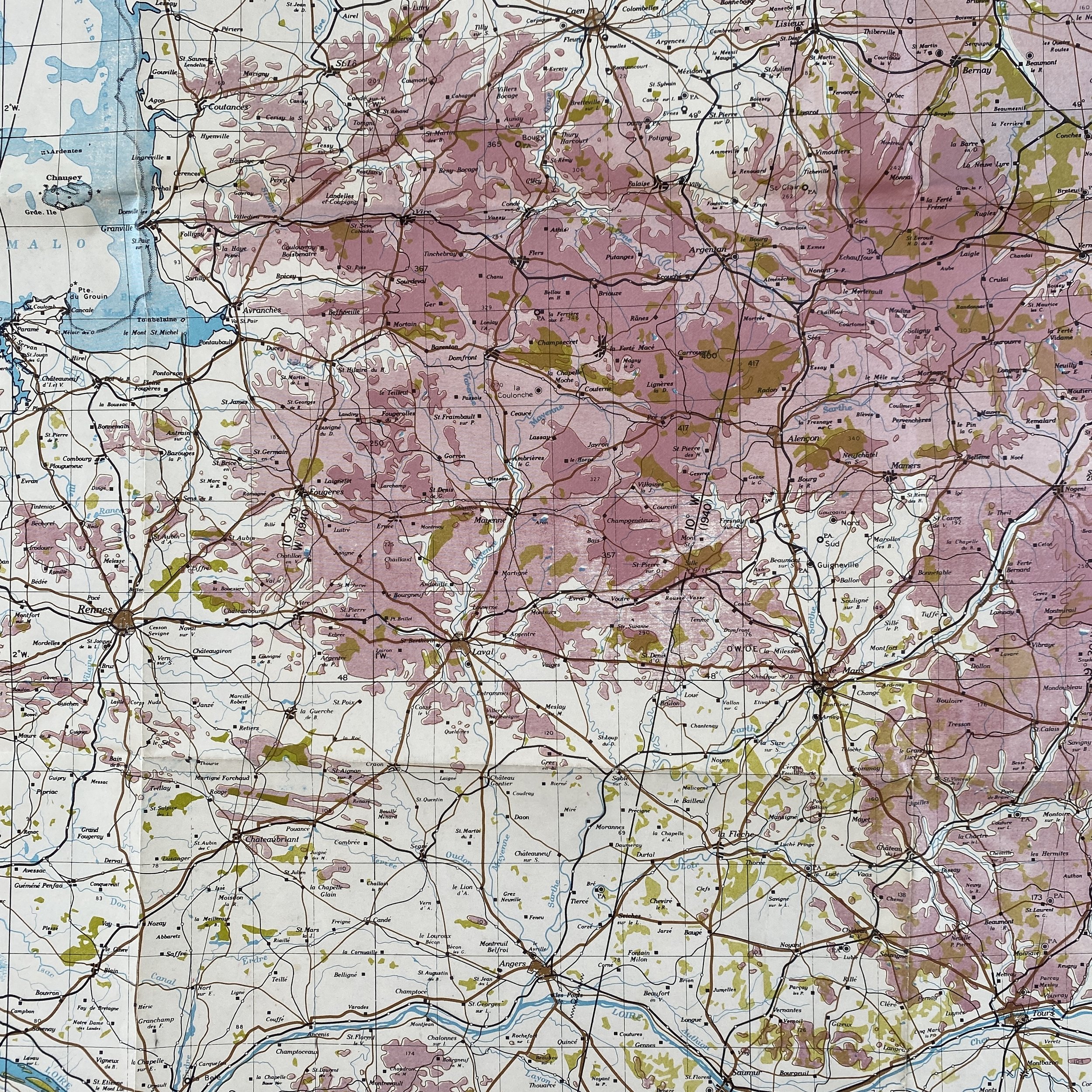

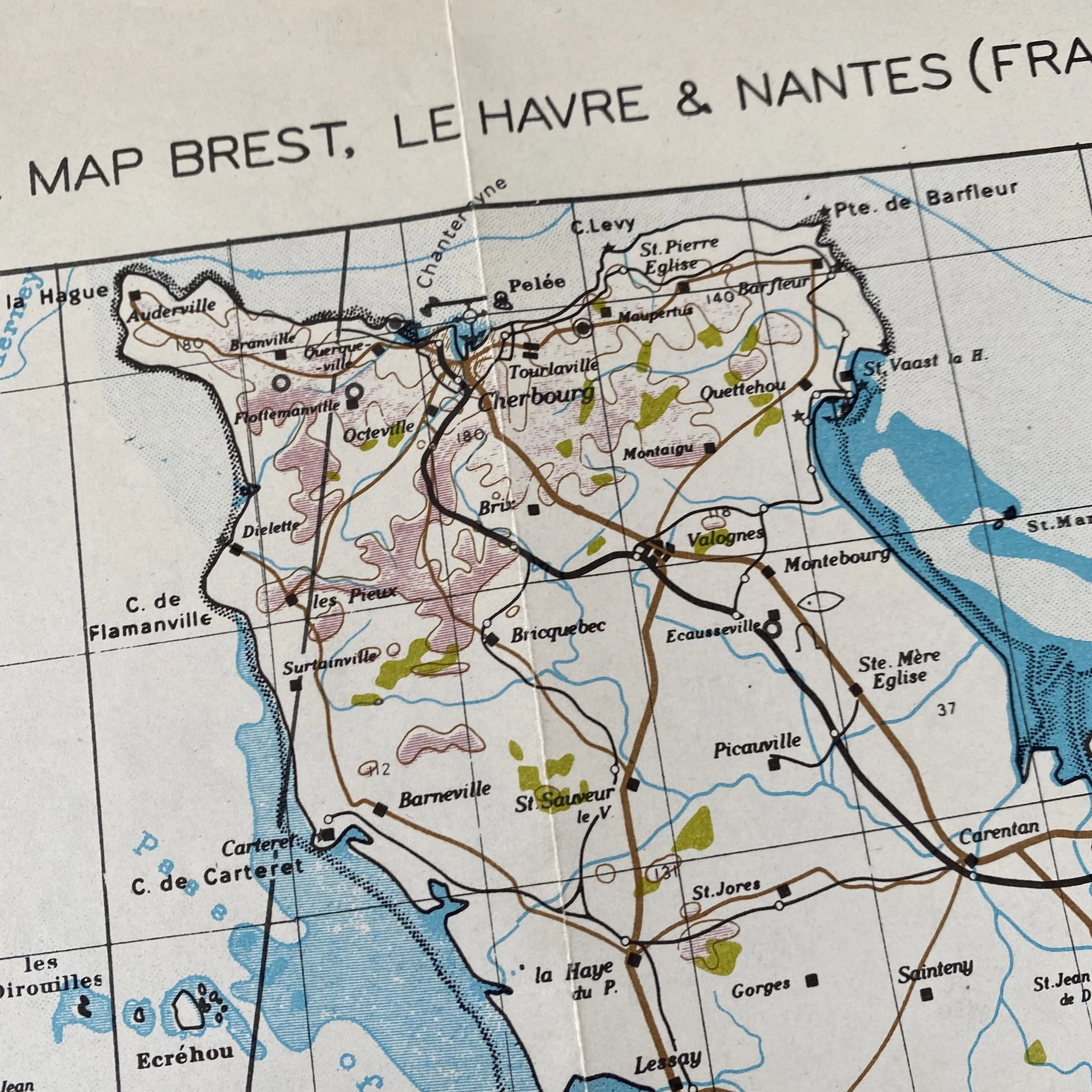
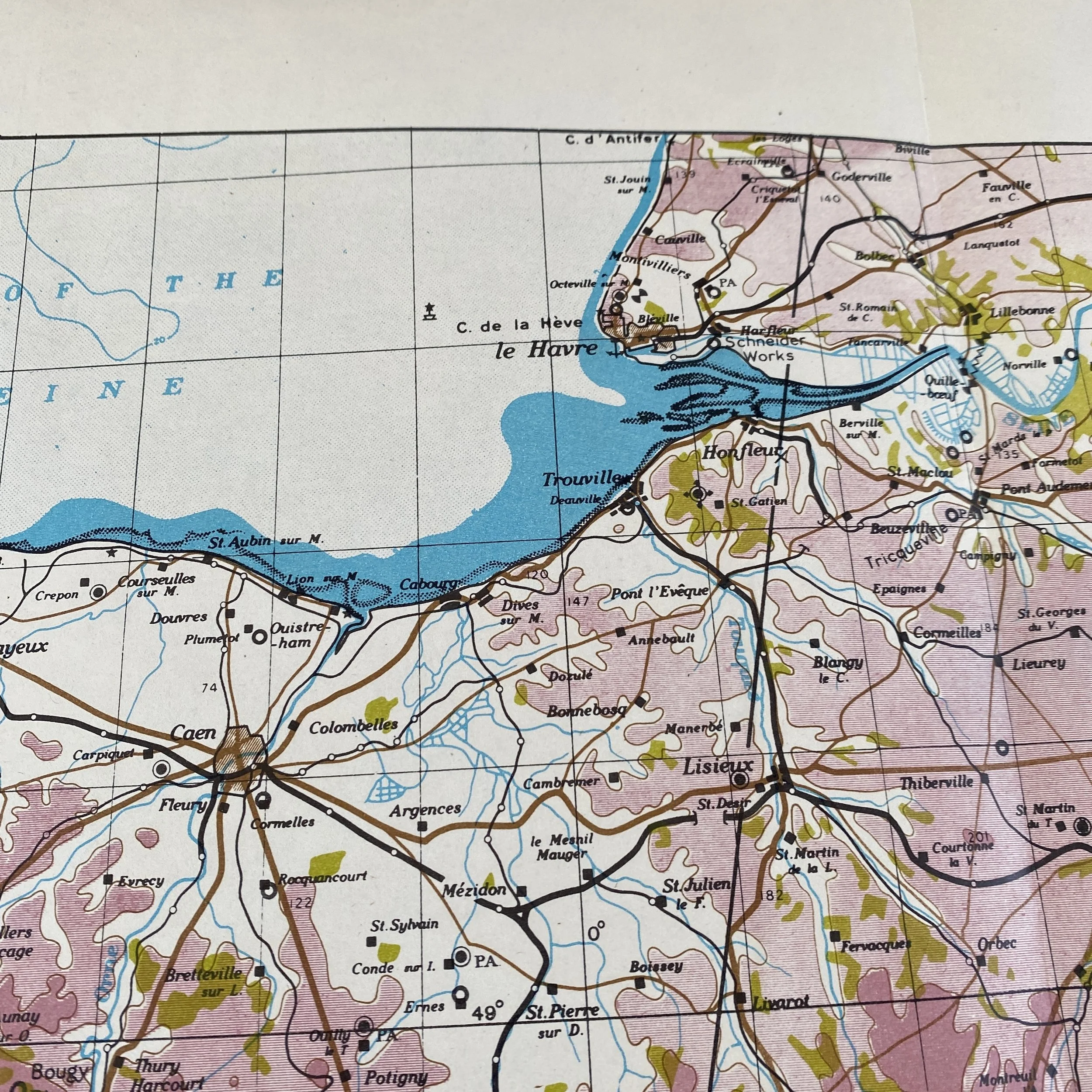


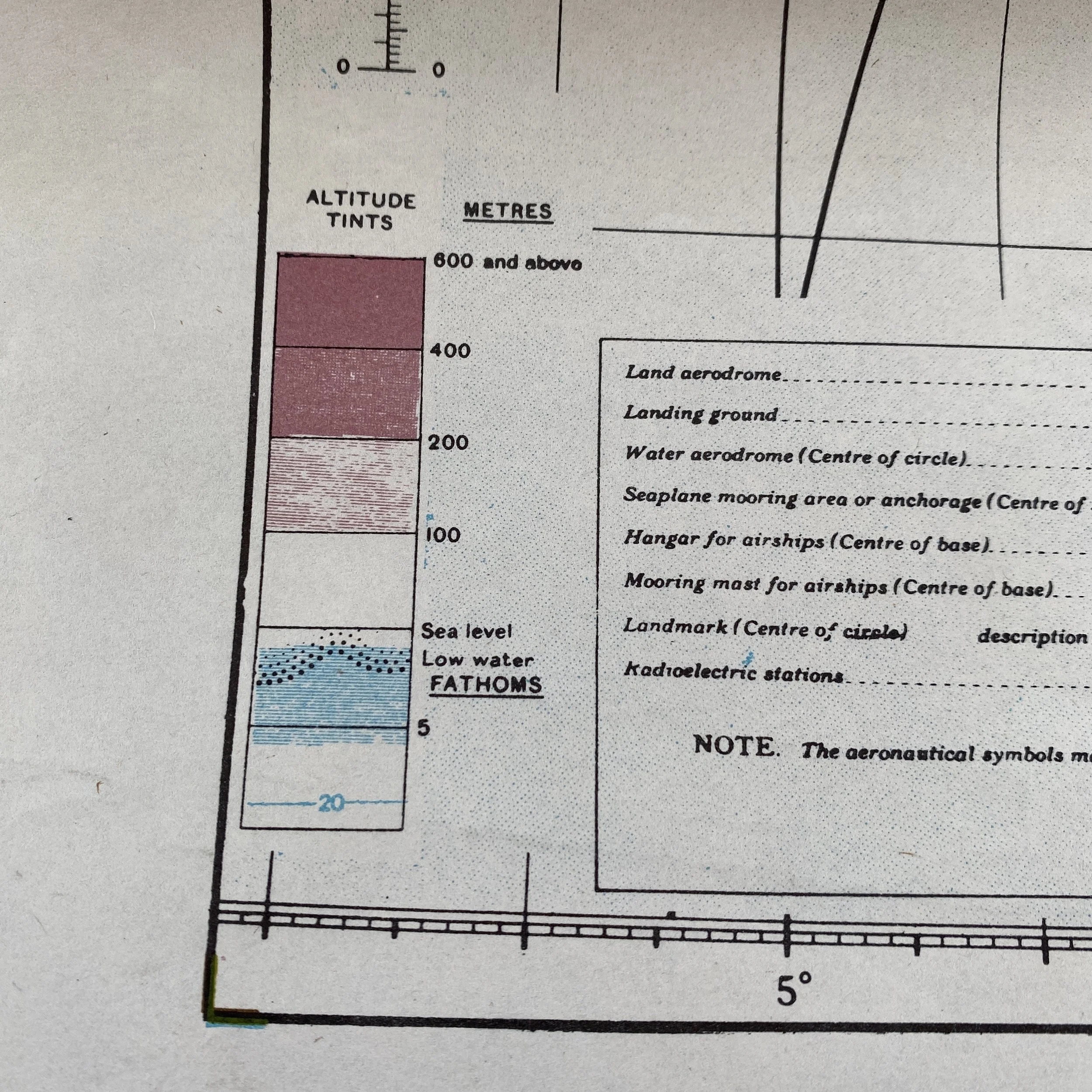


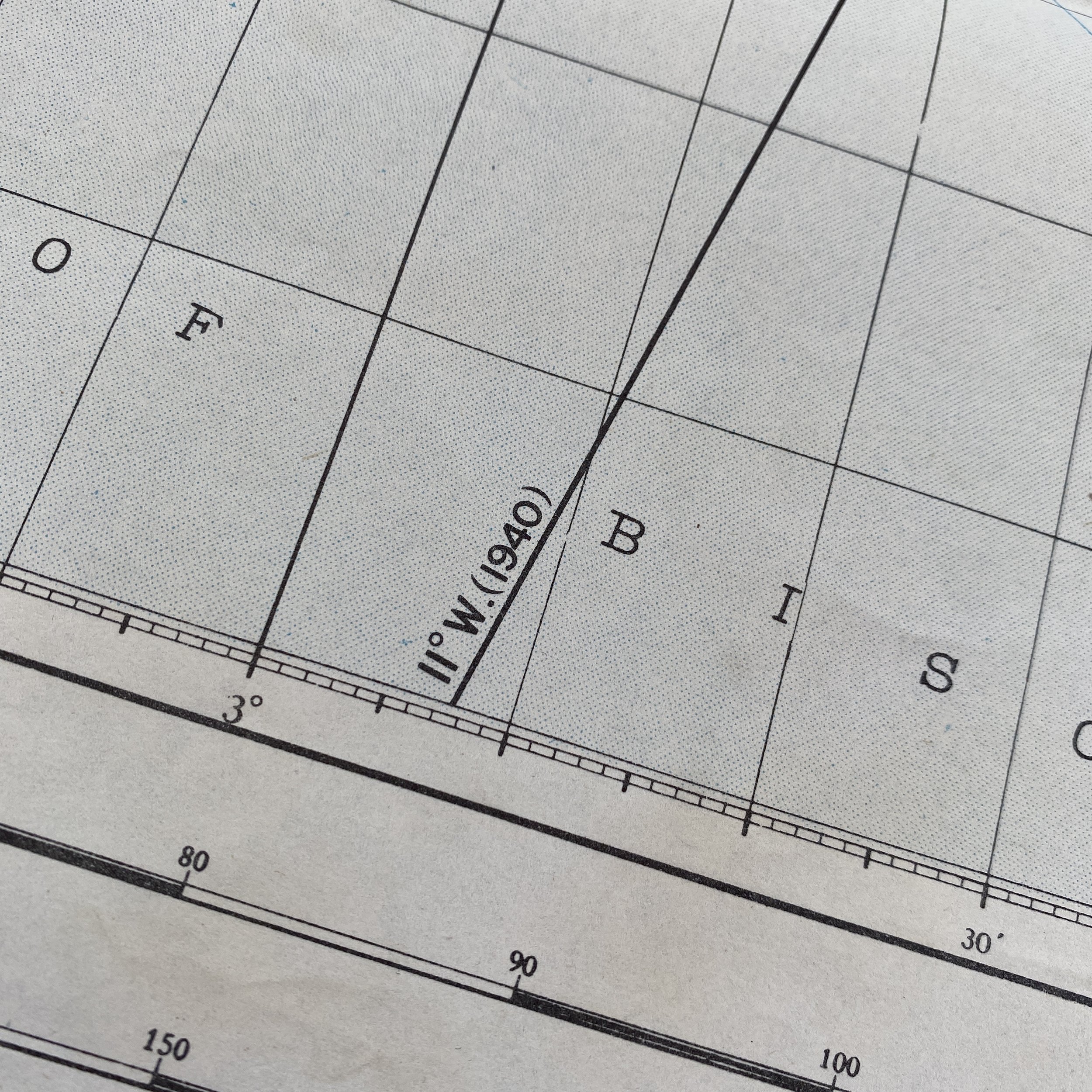




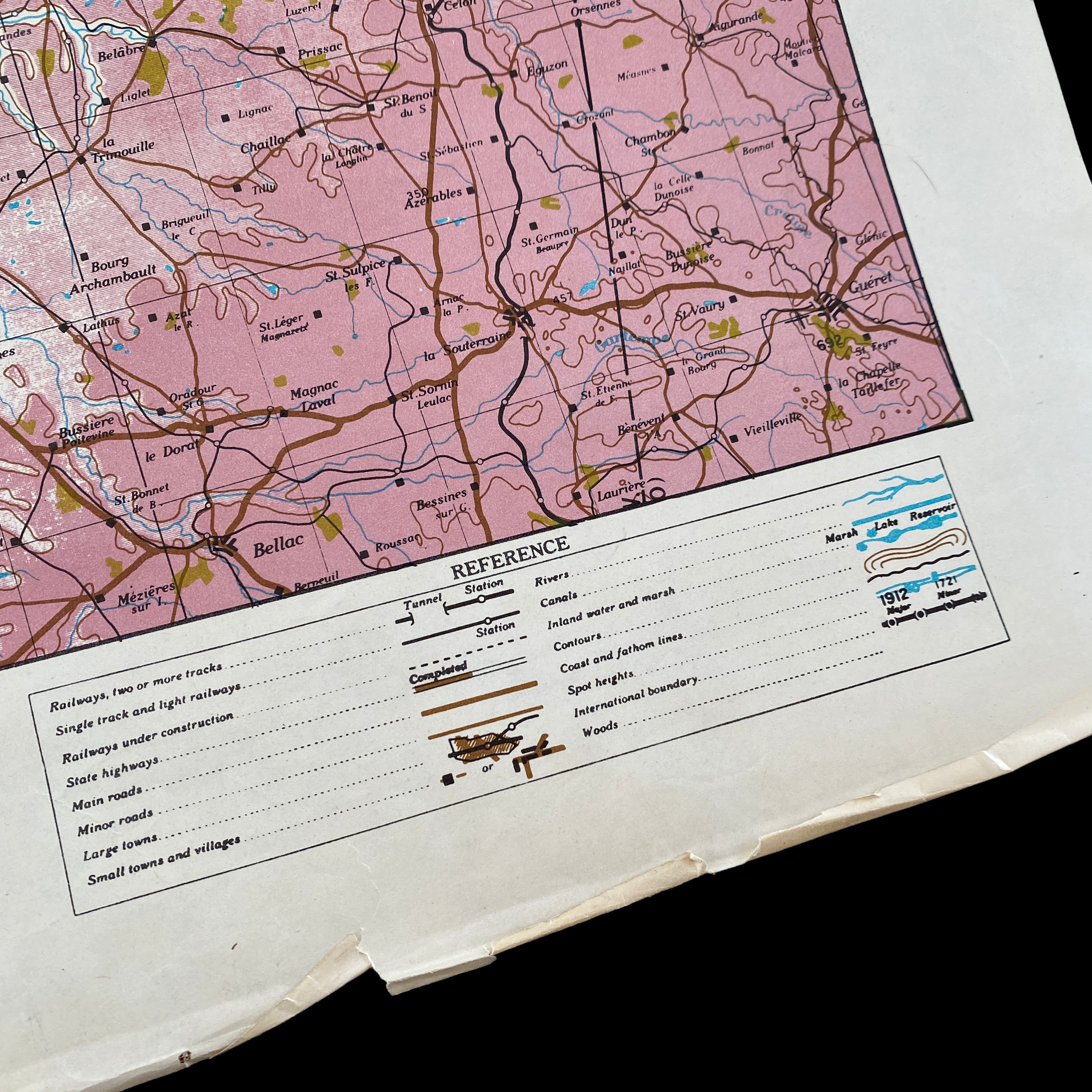

VERY RARE! WWII Operation Overlord Normandy D-Day Special Map BREST, LE HARVE, & NANTES - FRANCE (VERY L
Comes with hand-signed C.O.A.
This incredibly large and rare WWII “SPECIAL MAP - BREST, LE HARVE, & NANTES (FRANCE) shows in extreme detail all five of the amphibious landing beaches (OMAHA, UTAH, JUNO, GOLD, and SWORD) of the D-Day landings as well as a large section of France that would later become the Battle of Normandy and Operation Cobra. This special map was used for the preparation of D-Day and was one of only a small handful produced during WWII as it was used to train and provide intelligence to the officers and higher ranking soldiers that were to participate in the upcoming D-Day landings on June 6th and the later assault of France. The special map is incredible large and details viral LAND AERODROMES, LANDING GROUNDS, WATER AERODROMES, DANGER AREAS, AND EXPLOSIVES AREA in this region.
During World War II (1939-1945), the Battle of Normandy, which lasted from June 1944 to August 1944, resulted in the Allied liberation of Western Europe from Nazi Germany’s control. Codenamed Operation Overlord, the battle began on June 6, 1944, also known as D-Day, when some 156,000 American, British and Canadian forces landed on five beaches along a 50-mile stretch of the heavily fortified coast of France’s Normandy region. The invasion was one of the largest amphibious military assaults in history and required extensive planning. Prior to D-Day, the Allies conducted a large-scale deception campaign designed to mislead the Germans about the intended invasion target. By late August 1944, all of northern France had been liberated, and by the following spring the Allies had defeated the Germans. The Normandy landings have been called the beginning of the end of war in Europe.
Preparing for D-Day:
After World War II began, Germany invaded and occupied northwestern France beginning in May 1940. The Americans entered the war in December 1941, and by 1942 they and the British (who had been evacuated from the beaches of Dunkirk in May 1940 after being cut off by the Germans in the Battle of France) were considering the possibility of a major Allied invasion across the English Channel. The following year, Allied plans for a cross-Channel invasion began to ramp up. In November 1943, Adolf Hitler (1889-1945), who was aware of the threat of an invasion along France’s northern coast, put Erwin Rommel (1891-1944) in charge of spearheading defense operations in the region, even though the Germans did not know exactly where the Allies would strike. Hitler charged Rommel with finishing the Atlantic Wall, a 2,400-mile fortification of bunkers, landmines and beach and water obstacles.
In January 1944, General Dwight Eisenhower (1890-1969) was appointed commander of Operation Overlord. In the months and weeks before D-Day, the Allies carried out a massive deception operation intended to make the Germans think the main invasion target was Pas-de-Calais (the narrowest point between Britain and France) rather than Normandy. In addition, they led the Germans to believe that Norway and other locations were also potential invasion targets. Many tactics were used to carry out the deception, including fake equipment; a phantom army commanded by George Patton and supposedly based in England, across from Pas-de-Calais; double agents; and fraudulent radio transmissions.
D-Day Landings June 6th:
By dawn on June 6, thousands of paratroopers and glider troops were already on the ground behind enemy lines, securing bridges and exit roads. The amphibious invasions began at 6:30 a.m. The British and Canadians overcame light opposition to capture beaches codenamed Gold, Juno and Sword, as did the Americans at Utah Beach. U.S. forces faced heavy resistance at Omaha Beach, where there were over 2,000 American casualties. However, by day’s end, approximately 156,000 Allied troops had successfully stormed Normandy’s beaches. According to some estimates, more than 4,000 Allied troops lost their lives in the D-Day invasion, with thousands more wounded or missing.
Less than a week later, on June 11, the beaches were fully secured and over 326,000 troops, more than 50,000 vehicles and some 100,000 tons of equipment had landed at Normandy.
For their part, the Germans suffered from confusion in the ranks and the absence of celebrated commander Rommel, who was away on leave. At first, Hitler, believing the invasion was a feint designed to distract the Germans from a coming attack north of the Seine River, refused to release nearby divisions to join the counterattack. Reinforcements had to be called from further afield, causing delays. He also hesitated in calling for armored divisions to help in the defense. Moreover, the Germans were hampered by effective Allied air support, which took out many key bridges and forced the Germans to take long detours, as well as efficient Allied naval support, which helped protect advancing Allied troops.
In the ensuing weeks, the Allies fought their way across the Normandy countryside in the face of determined German resistance, as well as a dense landscape of marshes and hedgerows. By the end of June, the Allies had seized the vital port of Cherbourg, landed approximately 850,000 men and 150,000 vehicles in Normandy, and were poised to continue their march across France.